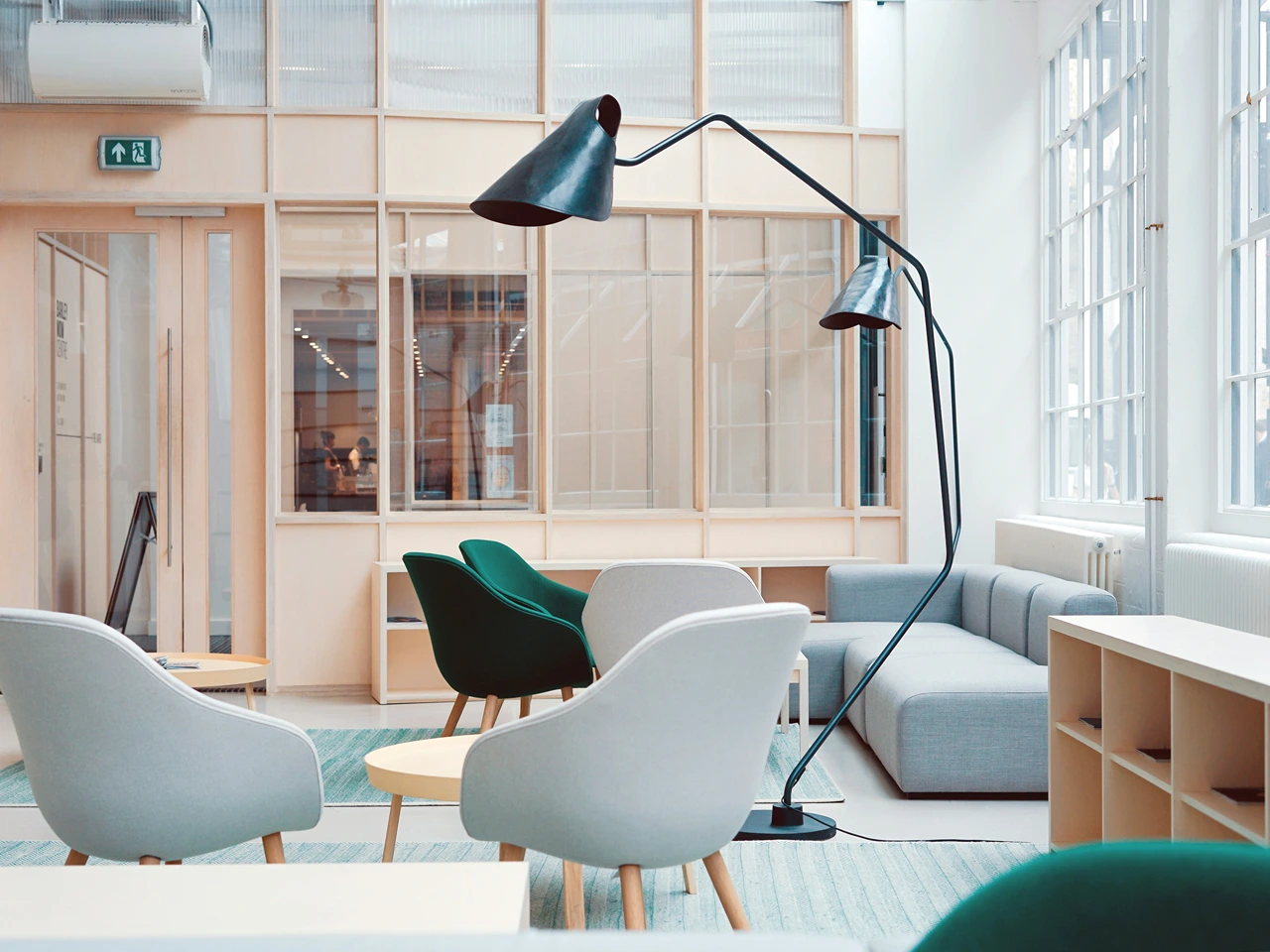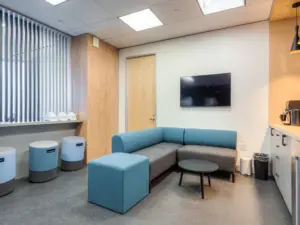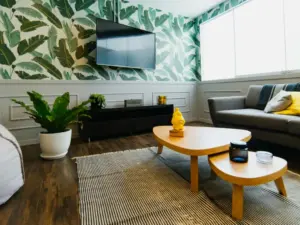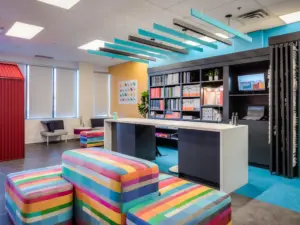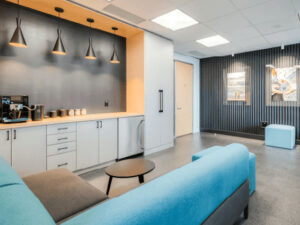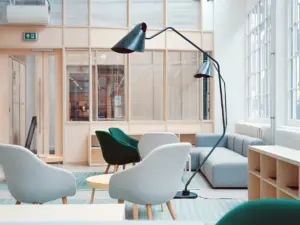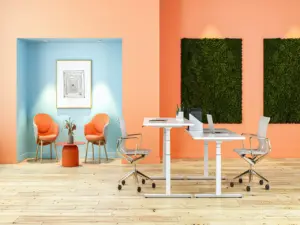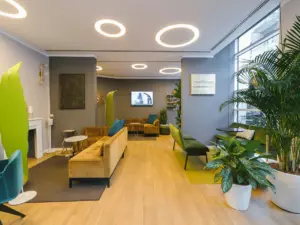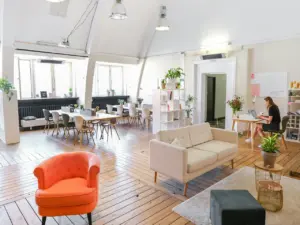In the evolving landscape of modern office design, breakout spaces have become an indispensable feature. These informal areas provide employees with a much-needed escape from their desks, encouraging collaboration, creativity, and relaxation. By offering a change of scenery and a more casual environment, breakout spaces not only enhance productivity but also reflect the company’s culture and values. This article explores the significance of breakout spaces in corporate interior design, how they contribute to employee well-being, and how commercial interior design services can help create these dynamic zones.
The Role of Breakout Spaces in Corporate Interior Design
Breakout spaces are designed to serve as multifunctional areas where employees can work, relax, or interact informally. Unlike traditional meeting rooms or individual workstations, these spaces are versatile and adaptable, catering to various needs such as brainstorming sessions, quick meetings, or even moments of solitude. The informal nature of breakout zones fosters spontaneous conversations and idea-sharing, which are crucial for innovation and teamwork.
Incorporating breakout spaces into office design demonstrates a forward-thinking approach to workplace culture. These areas not only improve employee satisfaction but also attract and retain top talent by showcasing a commitment to flexibility and well-being. As businesses increasingly prioritize employee-centric work environments, breakout spaces have become a hallmark of progressive office design.
Benefits of Breakout Spaces
Encouraging Collaboration and Teamwork:
Breakout spaces provide an informal setting where employees can collaborate freely without the rigidity of formal meeting rooms. Comfortable seating arrangements, writable walls, and technology setups facilitate discussions and brainstorming sessions. This relaxed atmosphere promotes open communication and strengthens team dynamics.
Boosting Creativity and Innovation:
A change of scenery can do wonders for creativity. Breakout areas allow employees to step away from their desks and think outside the box. Whether it’s through casual conversations or solo reflection in a quiet corner, these spaces inspire innovative ideas by breaking the monotony of traditional workstations.
Enhancing Employee Well-Being:
Sitting at a desk for prolonged periods can lead to physical strain and mental fatigue. Breakout spaces encourage movement and provide a space for relaxation, reducing stress levels. Features like biophilic elements (plants, natural light) or wellness zones further contribute to mental and physical well-being.
Improving Productivity:
Short breaks in a comfortable environment can recharge employees, enabling them to return to their tasks with renewed focus. By reducing distractions from the main workspace and offering a peaceful retreat, breakout areas enhance overall productivity.
Reflecting Company Culture:
The design of breakout spaces can embody a company’s values and identity. Whether it’s through branded decor, sustainable materials, or innovative layouts, these areas serve as a tangible representation of the organization’s ethos.
Key Design Elements for Effective Breakout Spaces
Creating impactful breakout spaces requires thoughtful planning and execution. Here are some essential design elements that commercial interior design services often incorporate:
Comfortable Seating:
Furniture plays a critical role in making breakout spaces inviting. Plush sofas, bean bags, high stools, or ergonomic chairs create an atmosphere conducive to relaxation and collaboration.
Zoned Layouts:
A well-designed breakout area should cater to different activities by incorporating distinct zones. For instance, quiet pods for focused work can coexist with collaborative hubs for team discussions or social lounges for casual interactions.
Biophilic Design:
Natural elements like greenery, organic materials, natural light, or water features create a calming environment that reduces stress and enhances creativity. Even small touches like indoor plants or wooden finishes can make a significant impact.
Technology Integration:
To support modern work needs, breakout spaces should include charging stations, Wi-Fi access points, digital screens for presentations, or writable surfaces for brainstorming sessions.
Flexibility:
Movable furniture allows employees to customize the space according to their needs. This adaptability ensures that breakout areas remain functional for various purposes over time.
Refreshment Facilities:
Incorporating coffee bars or snack stations within breakout zones encourages employees to take meaningful breaks while fostering social interactions.
Breakout Space Design Ideas
As workplace dynamics continue to evolve, so do the different strategies in breakout space design. Here are some popular approaches:
Resimercial Design:
This trend combines residential comfort with commercial functionality. Soft lighting, cozy furniture, rugs, and warm color palettes make breakout spaces feel more homely while maintaining their professional purpose.
Tech-Free Zones:
With screen fatigue becoming an increasing concern, some companies are opting for tech-free breakout areas where employees can unplug and recharge without distractions.
Game Zones:
Adding recreational features like ping pong tables or video games creates opportunities for team bonding while providing stress relief.
Outdoor Breakout Areas:
If space permits, outdoor terraces or gardens offer fresh air and natural surroundings that boost mood and productivity.
How Commercial Interior Design Services Can Help
Designing effective breakout spaces requires expertise in balancing aesthetics with functionality. Professional commercial interior design services play a crucial role in this process by tailoring solutions to meet the unique needs of each business. From initial concept development to final execution, these experts ensure that every detail aligns with the company’s goals and culture.
Interior designers consider factors such as office size, employee demographics, branding elements, and sustainability goals when creating breakout spaces. They also leverage advanced tools like 3D visualization to help clients envision the final result before implementation. With their guidance, businesses can maximize the impact of their investment in breakout areas.
Key Takeaways
- Breakout spaces are essential in modern office design as they encourage collaboration, creativity, and relaxation.
- These areas improve employee well-being by providing a change of scenery and promoting movement.
- Effective breakout space design incorporates comfortable seating, zoned layouts for diverse activities, biophilic elements for stress reduction, technology integration for productivity support, and refreshment facilities.
- Layouts like resimercial design or outdoor terraces reflect the growing demand for flexible and inspiring work environments.
- Professional commercial interior design services ensure that breakout spaces align with business objectives while enhancing functionality and aesthetics.
By integrating thoughtfully designed breakout spaces into your modern office design with the help of experienced professionals in corporate interior design, you can create an environment that inspires creativity while supporting employee wellness. Whether it’s through cozy lounge areas or vibrant collaborative hubs equipped with cutting-edge technology—breakout zones are an investment in both your workforce’s happiness and your business’s success!
Frequently Asked Questions (FAQ):
Why are breakout spaces important in modern offices?
Breakout spaces foster collaboration and creativity by providing informal settings where employees can interact freely. They also enhance well-being by offering a retreat from desk-bound tasks.
What features should be included in a breakout space?
Key features include comfortable seating options, distinct zones for different activities (e.g., quiet pods vs collaborative hubs), biophilic elements like plants or natural light, technology integration such as charging stations or screens, and refreshment facilities.
How do commercial interior designers approach breakout space creation?
Commercial interior designers assess factors like office size, company culture, branding requirements, and employee needs to create tailored solutions. They balance aesthetic appeal with practical functionality while incorporating sustainable practices when possible.
